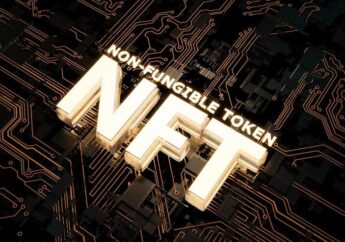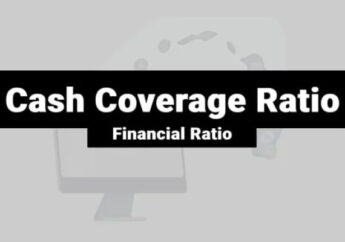How Does a Modified Endowment Contract Work?
by Arina Smith Finance 29 April 2021

Tax qualification applicable under the life insurance policy is known as the modified endowment contract. The cumulative premiums here tend to exceed the tax limits. The taxation structure besides the IRS classification tends to change once the life insurance policy has been changed to the modified endowment contract.
The term is mainly given to the life insurance policy whose policy amount tends to exceed the tax limits. To quote, the main aim is to combat the use of life insurance.
The designation is mainly for tax avoidance. When we purchase insurance policies, we do look for ways to show the same in our investments, so that we pay lesser tax, and this is exactly how the modified endowment contract works.
The Three Necessary Conditions:
- The policy should be purchased on or after June 20, 1988.
- The policy also needs to align with the statutory definition of the life insurance policy.
- Additionally, the policy shouldn’t combine with the Technical and Miscellaneous Revenue Act of 1988 (TAMRA) 7-pay test.
The seven pay tests mainly decide the number of premiums that have been paid amid the life insurance policy in the last seven years.
The amount needs to be more than is required to be paid within the time frame. The life insurance policies, which have been entered before June 20, 1998, don’t have to pay the premiums over the sum which is allowed under the national norms.
However, the renewal of an older life insurance policy after a given date is said to be new and it is subjected to seven pay tests.
Tax Implications Of The MEC:
The taxation withdrawal under the MEC is quite similar to nonqualified annuity withdrawals and one has to pay premature withdrawal if one makes a withdrawal before reaching the age of 59 1/2. The MEC death benefits aren’t subjected to taxation with the typical life insurance policies. Often, the modified endowment contracts are bought by people who wish to have investment-rich policies and don’t wish to make any pre-death policy withdrawals.
The MEC is different from the typical insurance policies as taxes on gains are a regular income for MEC withdrawals as per the last in first out method.
However, the cost basis amid the MEC and leaves is non-adherence to taxation. The death benefit is tax-free, making it quite useful for estate planning processes and they need to provide some qualifying criteria. The policy owners who don’t wish to make any withdrawals tend to pass a significant sum of money to the insured.
Hence this unique model allows one to leave a more considerable tax-free amount to their heirs with no extra costs. One also needs to understand that the laws tend to govern the taxation and distribution of the policies to use them correctly and avoid their misuse over time.
The majority of the cash value life insurance policies provide tax-free access to the cash value component. There is a limit to several premiums paid in the form of policy over a tenure of seven years and one must be well versed with those.
When the compensation exceeds during this term, then the approach tends to become a modified endowment contract. Hence the difference between cash value and death benefit tends to be specific.







































































































